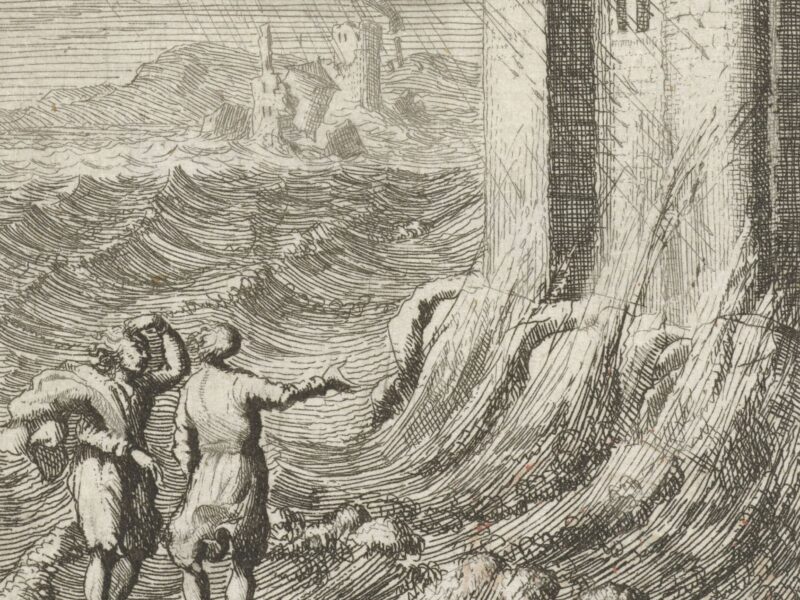
Women in the Old Testament: Miriam
1.04k
We meet the sister of Moses three times in the course of the Pentateuch: her first appearance is perhaps her best known, when she keeps watch over the baby Moses in his basket in the Nile, and then volunteers her own and the baby’s mother as a wet nurse when Pharaoh’s daughter decides to adopt him. The girl is not in fact named at this point (Ex 2: 4-8), but tradition has identified her with Miriam, the sister of Moses, whom we come across in two more episodes later on in the story of the Exodus.

First, there is the song of victory after the crossing of the Red Sea, in which Miriam leads all the women in rejoicing with tambourines and dancing (Ex 15: 20-21). Secondly, we have the episode in the Book of Numbers in which Miriam and Aaron complain about their brother Moses, as a result of which Miriam contracts leprosy (Num 12), before being healed at Moses’ intercession.
What is striking about all three appearances is how the presence of Miriam renders the story more vivid and concrete: this is perhaps most obvious in her first appearance among the bulrushes, but after the crossing of the Red Sea, too, it wasn’t just “the people” or “the women” who rejoiced, but a group following the lead of a particular individual, Miriam, the sister of Moses. Likewise, in the case of her being struck with leprosy, it wasn’t just “the people” complaining about Moses’ closeness to God but his own sister. The presence of such people in the narrative helps us to remember that the story of our salvation is a history, a process that was worked out in the world over time, culminating in the Incarnation of the Son of God in Jesus Christ.


